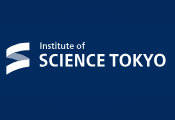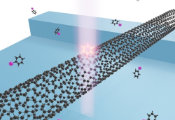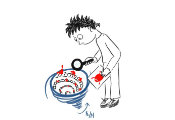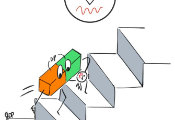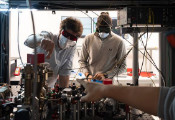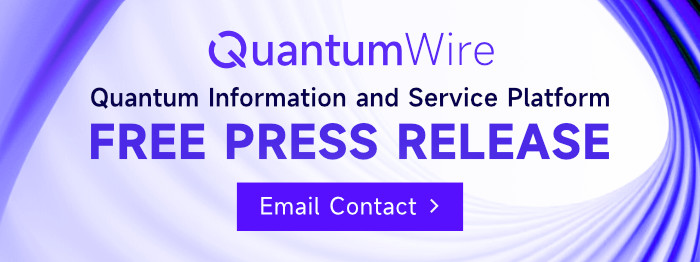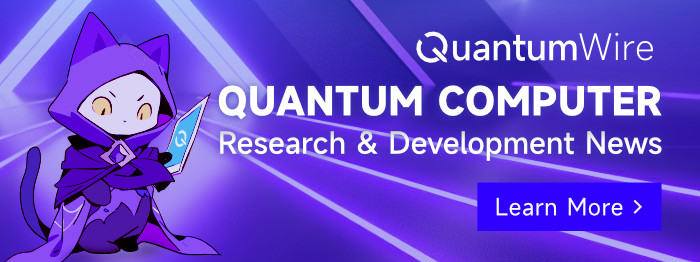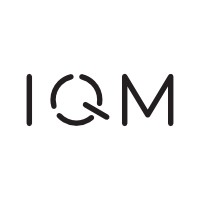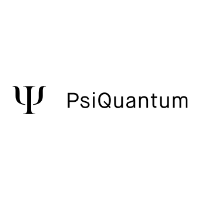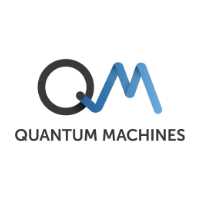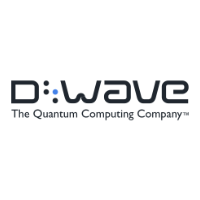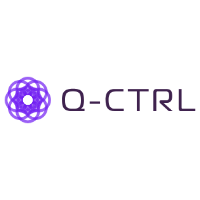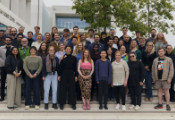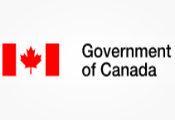Scientists Test Quantum Mechanics in Outer Space
April 15, 2025 -- It’s hard enough to study tiny particles and the bizarre realm of quantum mechanics here on Earth — but now, scientists are bringing quantum devices to space.
It’s the International Year of Quantum Science and Technology, and at this year’s APS Global Physics Summit in Anaheim, California, a team of physicists presented the first tests from SEAQUE, an experiment on the International Space Station designed to pave the way for quantum communication systems.
Quantum communication technology could securely connect two far-apart quantum computers, overcoming the limitations of traditional fiber optics currently used for internet access and other common devices. This could be very useful if we want to transmit information across the vast distances of space, or enable a quantum version of cloud computing.
“There's a fair amount of hype about quantum computers,” says Liam Ramsey, graduate student at the University of Illinois Urbana-Champaign (UIUC). “The technologies we’re trialing with SEAQUE are what you’ll need to start connecting these quantum computers on a global scale.”
These technologies rely on quantum entanglement, or what Einstein called “spooky action at a distance.” According to this principle, if you generate two particles, they’ll stay connected no matter how far apart you separate them. Another uncomfortable tenet of quantum mechanics is that particles don’t have defined physical properties, like spin or polarization, until you measure them, at which time their defined value comes into being.
If you combine these two principles, you can get the bizarre process of entanglement swapping. Imagine you have two sets of particles. Particles 1 and 2 are entangled, and particles 3 and 4 are entangled. If you jointly measure particles 2 and 3 — that is, you see whether their polarizations are the same or different, without revealing what they are — then you also know the correlations between 1 and 4. Now 1 and 4 are entangled, no matter how far apart they are. This process can be done over and over again as a sort of relay to share quantum information across long distances.
Before you can make the whole relay, though, you need to guarantee you can get just one pair of particles to become entangled in space, ideally in containers small enough to send into orbit. That’s where SEAQUE, the Space Entanglement and Annealing QUantum Experiment, comes in. “It’s a step to show we can build these quantum sources in a very small payload, about the size of a shoebox, and have it be robust enough [to survive launch and the harsh environment of space],” says Kelsey Ortiz, a graduate student at UIUC who presented the results at the APS summit.
“We're putting the main guts of a quantum router in a box and then making sure it works in space,” adds Ramsey, likening the experiment to an internet router without an internet connection.
SEAQUE contains a device known as a waveguide that makes two entangled photons, as well as a series of detectors that measures the state of each photon. The whole apparatus has been mounted on the outside of the International Space Station since November 2024. This experiment’s waveguide entanglement source is smaller and sturdier than any other quantum entanglement experiments that have been flown in space so far. And not only did it survive launch — its first results, presented at the APS Global Physics Summit, show that it’s working extraordinarily well.
The team measures this performance with an experiment known as the Bell test, designed in the 1960s by physicist John Stewart Bell. The test can determine if particles are behaving in a truly quantum way. If the particles behave classically, their measured values shouldn’t be correlated with each other — but if they’re strongly correlated (known as a Bell inequality violation), then quantum entanglement is afoot. So far, SEAQUE has recorded multiple Bell violations, with more confidence than the Chinese quantum communications experiment Micius, and a stronger Bell violation than SpooQy-1, Singapore’s entanglement CubeSat.
SEAQUE also has a secondary goal: trying out a technology for “self-healing” its detectors after they’re damaged by radiation. Space lacks the protective blanket of Earth’s atmosphere, so high-energy photons are all around — and they can knock atoms out of the silicon of an expensive and sensitive detector. With a powerful laser to heat up the silicon, SEAQUE aims to fix those holes in a process called annealing.
“If you imagine having a bucket of sand, and then you take a scoop out the middle, now there's sort of a divot in the middle of your bucket,” explains Ramsey. “If you then start shaking that bucket, the sand is going to settle in and fill in that hole. That's pretty much what we're just doing on the molecular level.”
SEAQUE’s annealing tests are still in progress, but its Bell test results already look promising for the future of space-based quantum communication. The experiment also marks the United States’ first major entry into the quantum communications race. “It’s just not nice going to parties and [other countries] always have things up and we don’t have anything,” jokes Paul Kwiat, SEAQUE principal investigator and UIUC physics professor.
“It’s not the glamorous dress the Chinese come walking in with,” Kwiat adds, referring to the Micius satellite. “But at least we’re invited to the party for a change, so it’s a start. And our results are actually cleaner, higher-quality results than from the other sources that have been flown so far.”


